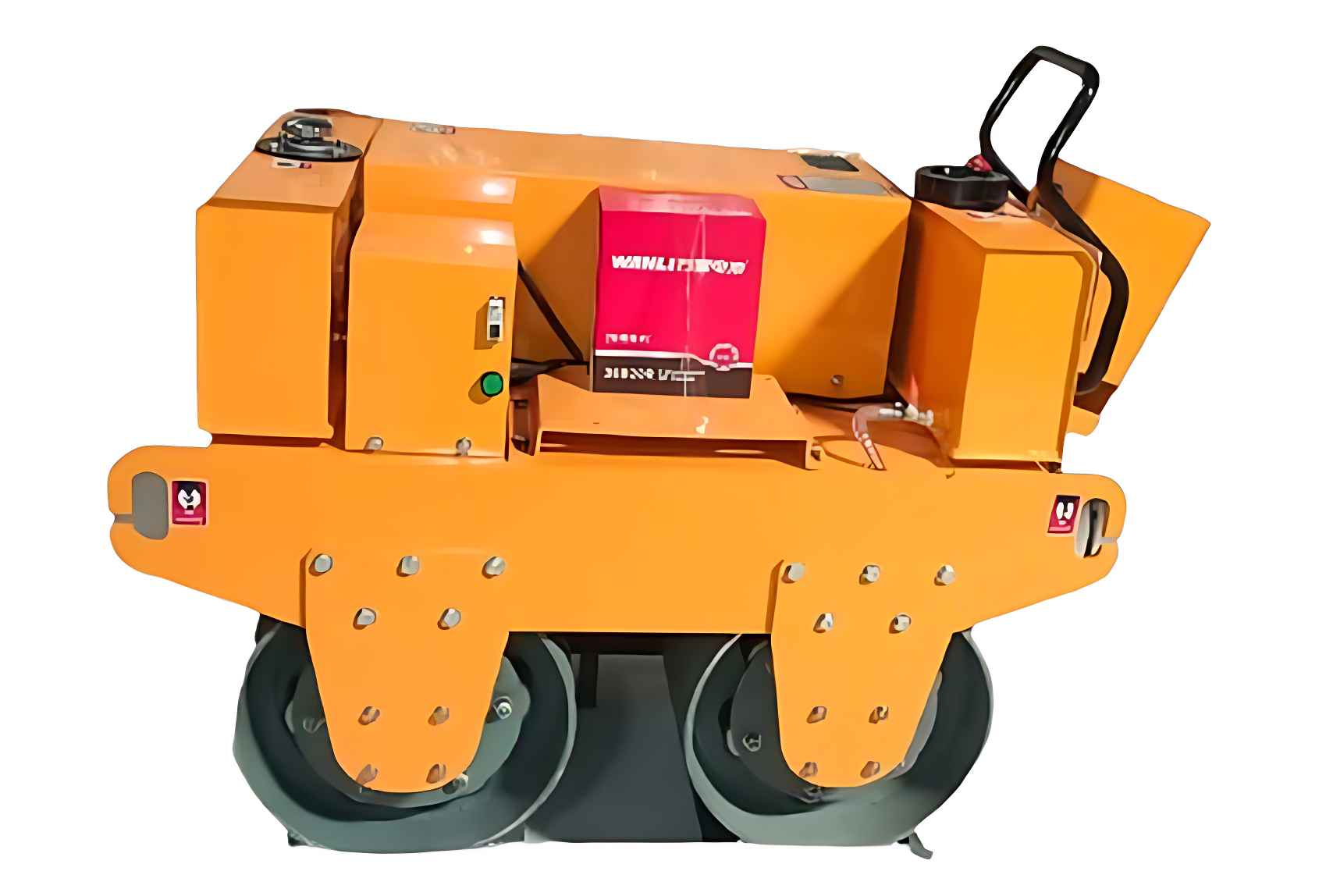Description
A walk-behind roller is a type of construction equipment used for compacting soil, asphalt, gravel, or other materials. It's designed to be operated by a person walking behind the machine, providing control and precision in smaller or more confined areas compared to larger rollers.
Compact Design: They are typically compact and maneuverable, making them suitable for tight spaces or areas where larger rollers cannot reach easily.
Manual Operation: They are operated by a person walking behind the roller, controlling its movement and operation.
Vibration Options: Many walk-behind rollers come with vibration capabilities, which helps in compacting the material effectively by reducing air voids.
Walk-Behind Roller: Technical Details and Theory
A walk-behind roller, also known as a walk-behind road roller or vibratory roller, is a type of compaction equipment commonly used in road construction, building foundations, and other civil engineering projects. The primary function of a walk-behind roller is to compact asphalt, soil, gravel, and other granular materials to improve the density and load-bearing capacity of the surface.
Working Principle
The walk-behind roller works on the principle of vibration and mechanical pressure to compact materials. The machine typically features a large cylindrical drum that rotates, either through mechanical drive or vibration, to apply force to the surface being compacted. The vibration helps break down air pockets in the material, ensuring it is tightly packed, which increases the material's strength and durability.
-
Vibratory Compaction: A vibratory roller uses the oscillating force generated by the rotation of the drum. This vibration helps particles move and settle into a denser arrangement.
-
Static Compaction: In some walk-behind rollers, the drum can also apply static pressure without vibration to compact materials.
The operator walks behind the machine and guides it over the area to be compacted. The machine is designed to be compact and lightweight, making it easy to maneuver in tight spaces and smaller job sites.


 Brochure
Brochure Call Us
Call Us Whatsapp Now
Whatsapp Now